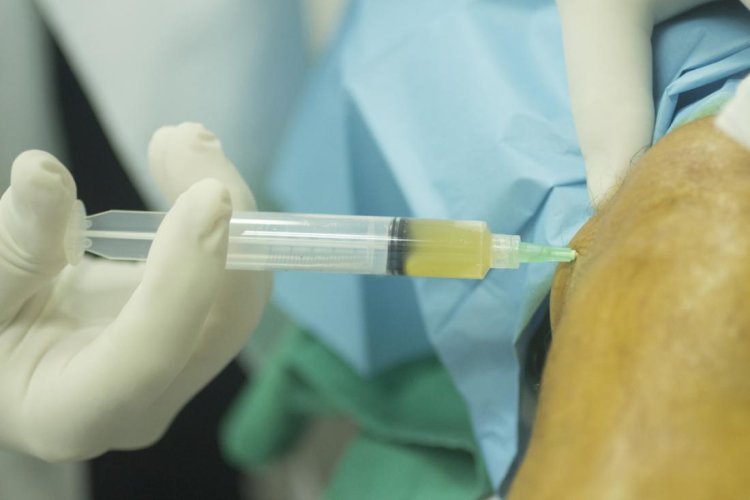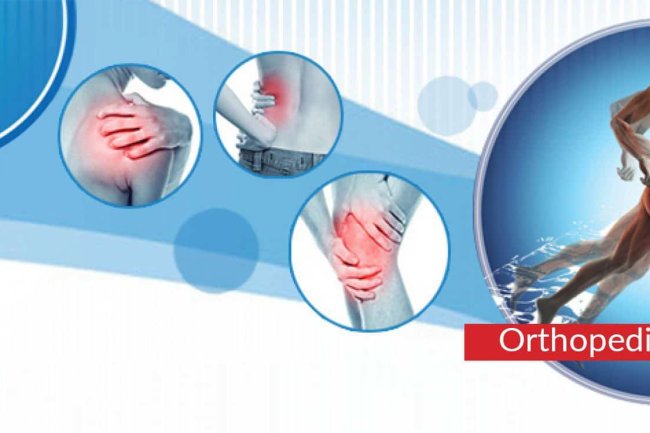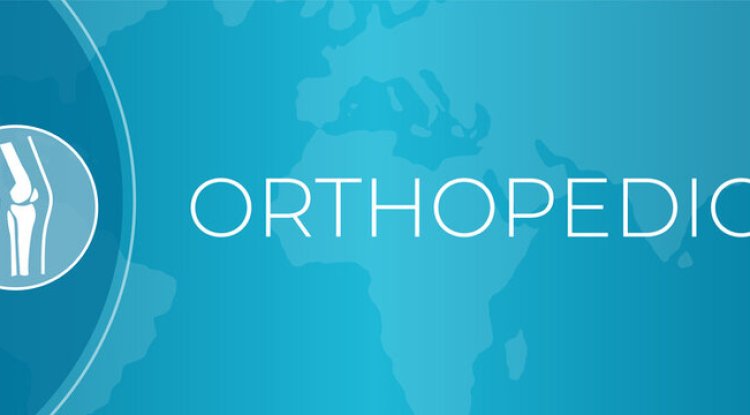Why PRP Therapy is Becoming the Future of Joint Pain Treatment
Joint pain — especially in the knees, shoulders, and elbows — can restrict even the simplest movements. Traditionally, steroid injections or surgery were the only options. But now, PRP (Platelet-Rich Plasma) therapy is offering a safer, faster, and more natural alternative.

The principle behind PRP is simple: your body already has the power to heal itself. PRP concentrates your own platelets — cells responsible for tissue repair — and delivers them directly to the injured area. These platelets release growth factors that trigger cellular regeneration, reduce inflammation, and relieve pain naturally.\

PRP therapy has shown excellent results in conditions such as osteoarthritis, rotator cuff tears, Achilles tendonitis, and ligament injuries. Patients appreciate that it’s minimally invasive, has little to no downtime, and involves minimal risk since it uses your own blood.
The treatment typically takes under an hour. Mild swelling or stiffness may occur for a day or two, but patients can return to normal activity quickly. To ensure lasting benefits, 1–3 sessions spaced 4–6 weeks apart are usually recommended.
At Minchu Health Care Orthopaedic Department, orthopaedic experts integrate PRP therapy with physiotherapy and guided exercise programs for comprehensive recovery. This approach not only reduces pain but enhances joint strength and mobility — making PRP the future of orthopedic healing.
What's Your Reaction?

















